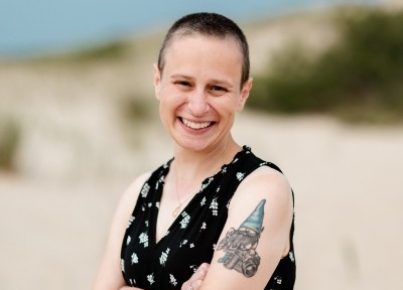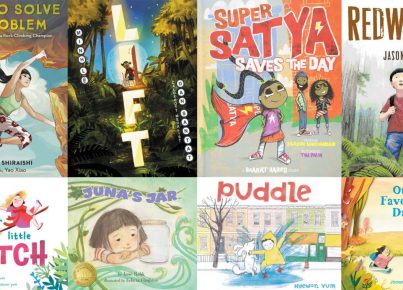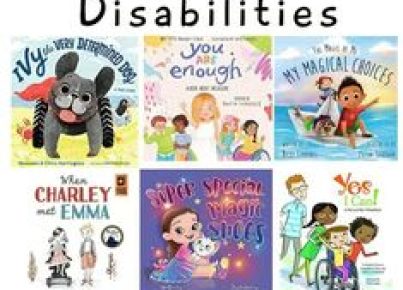We know that reading books increases literacy, fluency, and vocabulary, but reading books also serves another critical role—that of celebrating diversity. Theeverymom.com says, “The best thing about books is that they can take you anywhere. Books offer us a perspective and experience that we may otherwise never know, and that glimpse into someone else’s story can be integral in creating open and accepting minds and hearts.”
Recognizing and appreciating diversity helps our students see that just because someone looks a certain way on the outside, on the inside they are human beings just like we are. They have feelings, dreams, disappointments, and hope just like each one of us. Accepting and learning those who are different from us can only make the entire human race better.
Consider using some of these books to guide conversations on kindness and love for others who are not like them:
ELEMENTARY
The Colors of Us by Karen Katz: Lena wants to paint a picture of herself but is not sure which brown to use since there are so many different shades. This story shows that even though a person’s skin tone is brown, there are many variations.
Suki’s Kimono by Cherie Uegaki and Stephane Jorish: Suki wears her kimono that her grandmother gave her on the first day of school and dances for her classmates.
This is How We Do It by Matt Lamothe: This story follows seven children from around the world as they go about their daily lives.
I Am Enough by Grace Byers: Written as a poem, this story shows us that we are all enough and don’t need to be different.
Everybody Cooks Rice by Nora Dooley: This is a story about a boy who travels around from house to house to see all of the different ways people cook rice. Food is an excellent way to introduce other cultures to your students.
MIDDLE SCHOOL
Baseball in April and Other Stories by Gary Soto: Told from the perspective of a Mexican-American boy who is in 7th grade, the story chronicles all of the difficulties of that age living within cultural bonds.
The Thing About Luck by Cynthia Kadohata: The main character, Summer, must figure out how to help her family who is Japanese.
The Great Greene Heist by Varian Johnson: A cast of multicultural characters help their best friend win the race for school president.
I Lived on Butterfly Hill by Marjorie Agosín: Set in Chile, the main character must go to live with her aunt in America when the Chilean dictator causes turmoil in the country.
Juliet Takes a Breath by Gabby Rivera: Juliet is eager to leave her life in the Bronx for an internship in Oregon, but she learns that things are not always as they seem.
I Am Malala by Malala Yousafzai: Surviving a shooting from the Taliban, the main character describes what it is like to live and attend college in the U.S.
Plague of Doves by Louise Erdrich: A mixed-race girl tries to reconcile her Ojibwe and white heritage.
The Bell Jar by Sylvia Plath: When the stress of life and her job take a toll on the main character, she seeks treatment for her mental health.
Using books to educate our country to become more considerate people starts in the classroom. While the traditional classics are important, so are stories of immigrants, Muslim and Jewish communities, and people with disabilities.





Thank you for sharing my quote–diversity in books is so important to me!